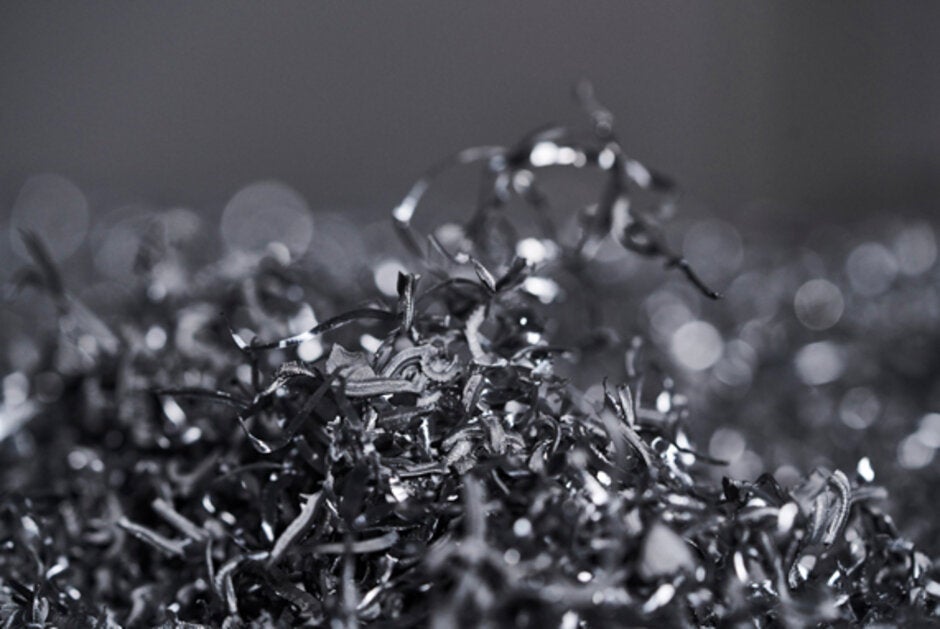Apple wants to totally rely on recycled parts for new iPhone models

An Apple facility in Austin, Texas employs a worker that never complains about hours or pay. This tireless worker never takes time off, even for lunch, and there are never any words of dissension spoken. If you haven't figured it out yet, this is a robot whose job is to tear down old iPhone models and extract 14 minerals from them for use in future iPhones. According to Reuters, the robot named Daisy is part of Apple's plan to become a "closed-loop" manufacturer.
Apple's plan to rely totally on recycled minerals is impossible to achieve according to some experts
Apple's goal is to rely on the recycling of minerals for its production needs rather than purchasing supplies from mining companies. As wonderful as that might sound to environmentalists, analysts say that such a target is impossible to reach. For example, Kyle Wiens, the founder of device repair company iFixit, says, "There’s this ego that believes they can get all their minerals back, and it’s not possible." Wiens would rather Apple focus on repairing old iPhone models rather than trying to recycle them.

Apple wants to be a closed-loop manufacture and refrain from making purchases from the mining industry
But last year Apple said that Daisy is used on iPhone models that would be too costly to refurbish. In 2018, the latest data we have, Apple received back from customers 9 million iPhone units. 7.8 million of these were refurbished by Apple and 1.2 million were disassembled by Daisy. The batteries are salvaged for the cobalt inside which is reused to produce new batteries. Besides the battery, Daisy can remove an iPhone's display, sensors, screws, logic boards and the wireless charging coil. This leaves an aluminum chassis.
Apple reuses the aluminum for new units and the solder used to mount components on an iPhone logic board is made from 100% recycled tin. Apple prefers to have its old iPhones either refurbished or recycled. What it doesn't want to see is someone shoving an old iPhone into a desk drawer collecting dust. As the company stated last year, "You may be done with your device, but chances are it still has more to give. If it’s in good shape, we’ll help it go to a new owner. If not, we’ll send it to our recycling partner, so we can save more precious materials and take less from the earth. And if it’s an iPhone, it could even go to Daisy, our disassembly robot that can efficiently recover the resources inside."
Mining company executives, who obviously are not pleased with the reuse of the materials that they sell, point out that Apple's plan won't disrupt the industry since there are more products, such as electric cars, that will require the use of mined materials. Apple says that the mining industry can relax as the company isn't looking to compete with them. Lisa Jackson, Apple's head of environment, policy and social, says, "We’re not necessarily competing with the folks who mine. There’s nothing for miners to fear in this development."
Last year, Jackson said that Apple builds the iPhone to be durable enough to have two to three owners before it is time to recycle it. Restating Apple's goal, Jackson pointed out that "There's 100-plus elements in an iPhone, and we're looking at how to move them back through the chain." But not every manufacturer can even contemplate such a thing. "Apple is in an enviable position because they can do this," pointed out Tom Butler, president of the International Council on Mining and Metals industry trade group. "Not everyone else will be able to follow suit." But Apple is thinking about sharing Daisy's technology with other companies, including electric car makers.
Apple introduced Daisy back in 2018, noting that the robot was created from the parts used in a previous Apple robot named Liam.













Things that are NOT allowed: